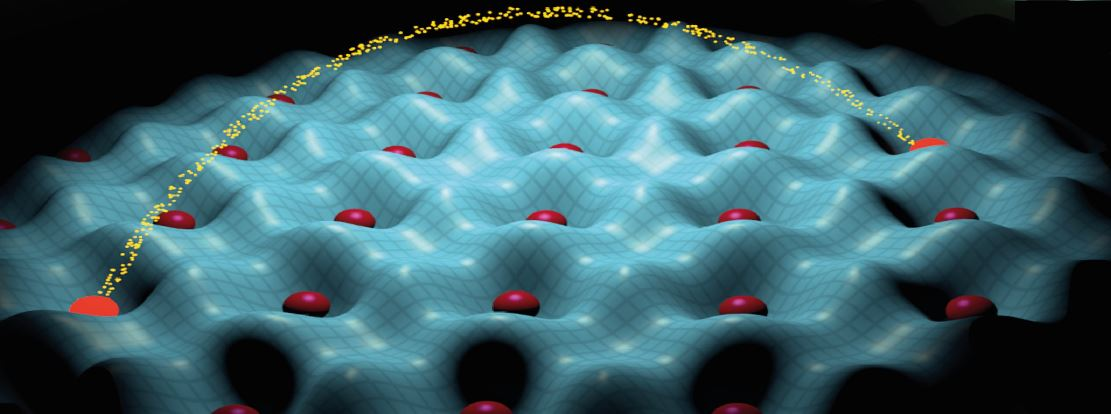Speaker
Description
Laser-cooled atoms in a high-finesse optical cavity are a powerful tool for quantum simulation and quantum sensing. The optical-cavity enhances the light-matter interaction, mediating effective atom-atom interactions and probing of the quantum state below the mean-field level. In this talk, I will provide an overview of my group’s recent work in this area. We perform cavity-enhanced quantum non-demolition measurements to create highly-entangled states [1], with the first realization of a squeezed matter wave interferometer for inertial sensing [2] and a squeezing-enhanced differential strontium optical lattice clock comparison [3]. We have also realized cavity-mediated momentum-exchange interactions that give rise to a collective recoil mechanism with analogies to Mössbauer spectroscopy for suppressing Doppler dephasing [4] in matterwave interferometers and on optical transitions. We have realized arbitrary XYZ Hamiltonian engineering in a matter wave interferometer, including realizing two-axis counter twisting for the first time since its proposal more than 30 years ago [5]. We have utilized spin-exchange interactions [6] to explore several dynamical phase transitions [7] including an emulation of long-predicted dynamical phases of a BCS superconductor [8]. If time permits, I will lastly briefly touch on the development of a superradiant laser utilizing a mHz linewidth optical transition [9] with applications for ultranarrow linewidth lasers [10] and searches for new physics.
[1] Cox et al, Phys. Rev. Lett. 116(9), 093602 (2016).
[2] Greve, Luo et al, Nature, 610(7932), 472-477 (2022).
[3] Robinson et al, Nature Physics 20, 208 (2024).
[4] Luo et al, Science 384, 551 (2024).
[5] Luo et al, arXiv:2402.19492 (2024).
[6] Norcia et al, Science 361, 6399, 259 (2018).
[7] Muniz et al, Nature 580, 602 (2020).
[8] Young et al, Nature 625, 679-684, (2024).
[9] Norcia et al, Science Advances, 2(10), e1601231 (2016).
[10] Norcia et al, Phys. Rev. X 8(2) 021036 (2018).

